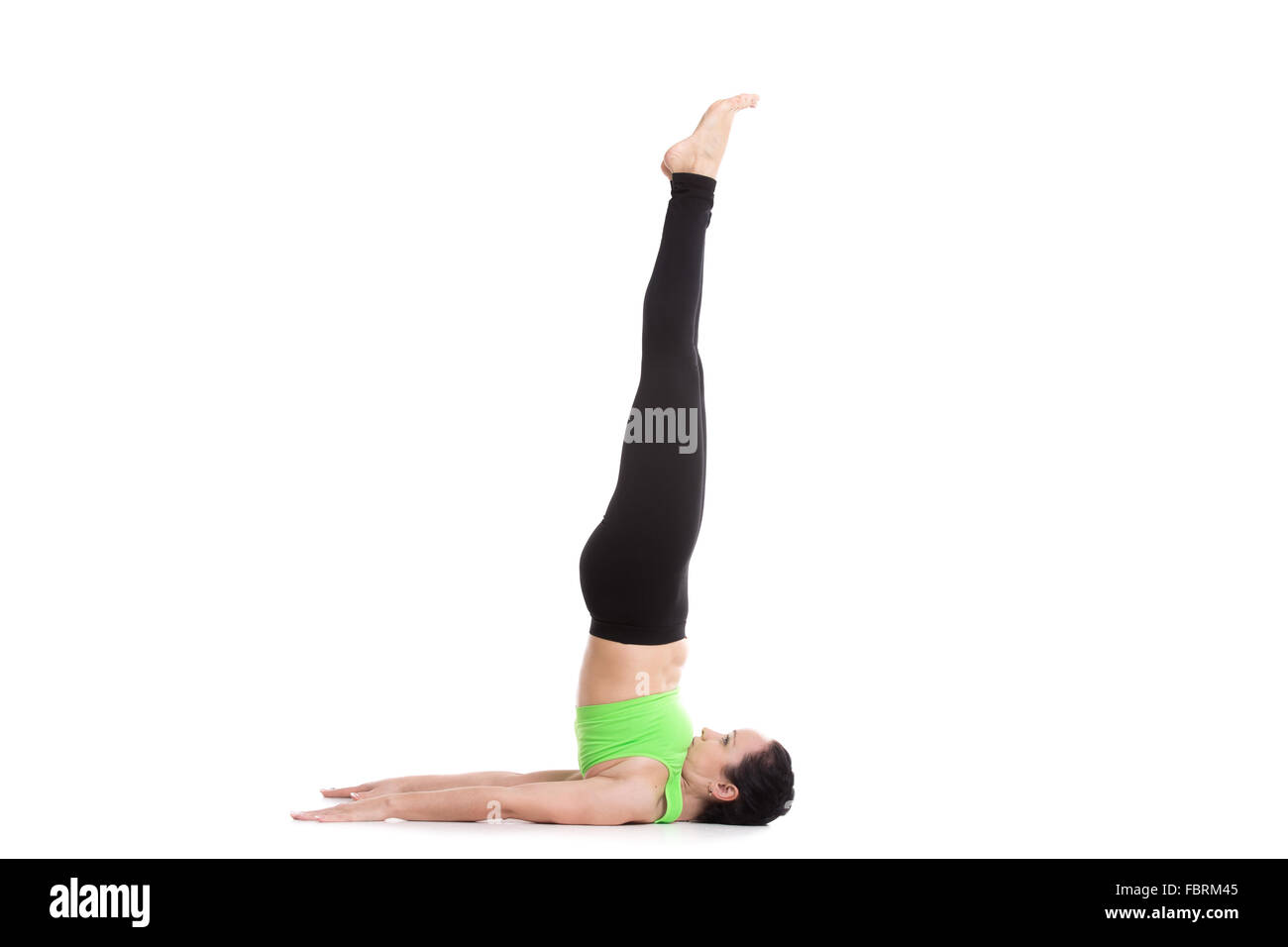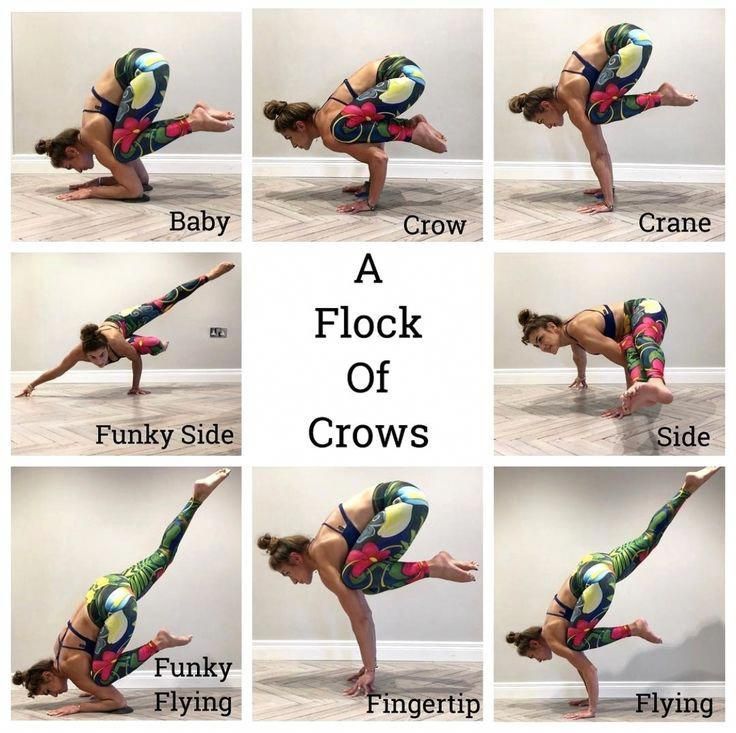
Anxiety can be a common condition. Yoga poses can help relieve anxiety. These exercises are incredibly effective in calming the mind and relieving anxiety. These yoga poses for anxiety can help you achieve peace, as Ralph Waldo Emerson once stated. These are just a few of my favorites. These will not only calm the mind and body but also help you feel better.
The Easy Pose is a combination of diaphragmatic breathing and lifting the toes. You can focus your efforts on decreasing anxiety by focusing on its source. The Fish Pose is one of many yoga poses for anxious people that focuses on heart openings. This deep opening of your heart will help you release all negative emotions. It will also open your chest and throat. This will help you find the root cause of your anxiety.
Warrior II Pose requires strength in your core, legs and core. Anxiety may be caused by many things such as the unknown or stressful job situation. Warrior II Pose builds strength and will help you face uncertainty head-on. Another effective yoga pose to reduce anxiety is the Upward Salute Pose. It can be done anywhere. It will help you stand tall, and allow you to stretch your legs from your toes up to your crown.

Bridge Pose, and Corpse Pose, are the two best yoga poses to reduce anxiety. The Corpse Poses will help you prioritize rest and meditation so that your mind can be free to relax. Although the Bridge Pose can be considered an inversion, it provides extra breathing room. Both the Crocodile Pose and Bridge Pose can be used to relieve anxiety. These yoga poses can be used to help you relax if you are in an anxious situation.
Relaxation can be achieved by the breath of fire position. This pose is great for anxiety as it teaches you proper breathing techniques. Kundalini yoga focuses on singing and singing. The breath of fire pose is a powerful way to relax the mind and restore balance. It will also help you release physical tension. The warrior pose is one the best yoga poses for anxiety. It is important to keep in mind that the warrior pose is an advanced pose suitable for all levels.
Balasana can be used to stretch the entire body. This pose opens the chest and helps to relieve tension in the shoulders and upper back. It's a gentle, relaxing position that can help with anxiety and relaxation. This pose is great for headache sufferers. This pose can help reduce anxiety and improve blood circulation. These are the best yoga poses for anxiety.
Supported Bridge pose is a relaxing pose that lengthens the neck, spine, chest, and shoulders. It helps with digestion. The ideal pose for anxiety is child's pose. It focuses on the mind and muscle connection. It is one of the most commonly used yoga poses for anxiety. The spine is stretched and the chest is stretched in this pose. The brain will follow when the muscles relax. You can calm your mind and nervous systems in this manner.

Savasana is another great pose to help anxiety. This relaxing pose requires you to lie down on your side with your eyes closed. It's very relaxing and can calm your mind. It is also a great way to sleep better. By bringing your attention to your breath, you will find that it is easier to control your feelings. This is one reason yoga can help with anxiety. It's important to get started with yoga for anxiety.
If you suffer from anxiety, yoga is a great option for you. Yoga poses for anxiety can help you manage your anxiety. These poses will help to lower your cortisol. By lowering cortisol levels you can feel calmer, more relaxed. This may help you to forget about your anxiety. This is a great starting point for yoga. Here are some examples to help you get started with yoga.
FAQ
What is the fastest way to transform my body?
Your mindset must be changed. The first step is to decide to change.
Once you've decided to make a change, you must commit to working on your fitness for at least three months.
The next step is to find the right program for you.
Setting realistic expectations is also essential. Don't spend your hard earned money on a gym membership if you don't have the motivation to work hard.
Instead, make use of your time outdoors.
If you spend an hour a day walking around the block, you'll burn enough calories to lose 1 lb per week.
Once you have a plan, you can start to organize your life according to this plan.
You should make sure you set aside time each morning to exercise and that you take breaks throughout your day to move.
When you achieve milestones, reward yourself. You might be able to buy clothes and accessories that reflect your accomplishments.
Can I consume alcohol while working out?
Yes. Alcohol can increase energy expenditure, speed up healing time, and reduce soreness.
Also, alcohol increases insulin sensitivity which makes it easier to absorb glucose.
However, alcohol can cause dehydration, which can slow down your metabolism. Alcohol can also lower testosterone production, which could lead to a decrease in muscle-building potential.
It is important that women refrain from drinking alcohol before they exercise. Women who drink heavily should wait at the least 24 hours before exercising.
Breastfeeding women should stay away from alcohol.
Men should drink only one glass of alcohol per day.
What does milk do?
When you next buy milk, think of other uses. It could also be beneficial to quit drinking coffee.
The benefits of milk have been demonstrated to be both beneficial to children and adults. Milk contains nutrients like vitamin D. Calcium, potassium, phosphorous, magnesium, and other essential nutrients.
It promotes weight gain, digestion, bone strength, and aids digestion. The immune system is stronger and there are fewer illnesses in adults who consume dairy products.
People who have difficulty digesting milk are also likely to be able to enjoy its many benefits, even if they do not have stomach problems.
Try drinking more milk instead of soda or juice. Drinking milk with more calcium and vitamin A can help to strengthen your teeth.
Plain low-fat yogurt is another option if milk tastes bland to you. Yogurt has lower calories and is richer in protein than milk.
Yogurt also has probiotics that aid digestion and increase immunity.
Take a glass warm milk before you go to bed if you are having trouble sleeping. Warm milk helps relax muscles and boosts serotonin levels.
Statistics
- An estimated calorie range for moderately active adult males falls between 2,200 to 2,800 calories per day, depending on age. (eatright.org)
- The PRS enabled risk stratification for overall prostate cancer and lethal disease with a four-fold difference between men in the highest and lowest quartiles (HR, 4.32; 95% confidence interval [CI], 3.16-5.89). (pubmed.ncbi.nlm.nih.gov)
- According to the American Heart Association, blood pressure should be checked at least once every two years, beginning at age 20. (my.clevelandclinic.org)
- Candidates and applicants must pass all four tests at 70% (minimum level) to graduate from Basic Deputy U.S. Marshal (BDUSM) Training. (usmarshals.gov)
- By John Thompson Take a whopping 38% off a set of PowerBlock Pros. (menshealth.com)
External Links
How To
How do I lose weight while working out?
Exercise helps you lose calories by increasing your metabolism and oxygen intake.
Moderate intensity exercise is a safe way to lose weight.
These tips will help you burn fat and keep fit while exercising.
-
Cardio exercises like walking, running (or jogging), swimming, cycling, running, and/or elliptical training are all good options.
-
Do 30 minutes of exercise three times a week.
-
Add strength training to your workouts if you are looking to lose more weight.
-
Avoid intense workouts. You can build muscle and not break down muscle tissue.
-
Drink plenty of water during exercise. Water helps to flush out toxins from the body and maintains proper hydration.
-
After exercising, you should drink low-fat protein drinks. Protein shakes repair muscles and increase energy.
-
Eat smaller meals throughout the day, so you don't feel hungry between meals.
-
Don't skip breakfast! You can feel tired and slow if you skip breakfast.
-
Take care to your mental well-being. Stressful situations can affect your metabolism.
-
Keep a positive attitude. Studies show that people who believe they are overweight gain more weight then those who think they are attractive.
-
Get enough sleep. A lack of sleep makes it difficult to lose fat.
-
Stay active. Keep moving every hour.
-
Maintain a healthy diet. A healthy diet will help you feel fuller for longer.
-
Find relaxation techniques. A tense mind doesn't allow your body to release stress hormones that break down muscle tissue.
A balanced diet provides all the nutrients necessary for growth and development.
You should eat six small meals per day rather than three large ones. This gives your body time and energy to process the food.
Calcium is required to support strong bones. Calcium is found in dairy products like yogurt, fortified milk beverages, orange juices, cereals and bread.
Calcium comes from leafy green vegetables, beans, tofu, nuts, seeds, and cheese.
Vitamin D is required by the body to absorb calcium. Vitamin D is found in eggs yolk, fatty fish and fortified foods.
Vitamin E plays an important role in skin health. It can be found as a vegetable oil, wheat germ, peanuts or almonds.
Your body needs zinc to maintain normal immune function and heal wounds. Zinc can be found as a mineral in oysters.
Zinc deficiencies can lead to fatigue, decreased appetite, depression, and reduced immunity.
Consuming too much sugar can cause insulin resistance. This causes an increase in blood glucose levels. Insulin resistance leads to weight gain.
Insulin resistance develops when there are high levels of free radicals in the bloodstream. Free radicals are molecules with unpaired electrons that damage cell membranes and other parts of the body.
Most free radicals come from pesticides herbicides, food additives, preservatives smoking, radiation, chemical in cosmetics, lotions and household cleaning supplies.
Free radical damage may lead to cancer, heart disease diabetes, arthritis, asthma and other conditions.
Eating a well-balanced diet with antioxidants is the best way to prevent free radical damage. Antioxidants protect against oxidative damage.
Antioxidant vitamins include Vitamin C (found in citrus fruits), beta carotene (found in carrots, sweet potatoes, spinach, broccoli, cantaloupe, apricots, squash, mangoes, peaches, peppers, tomatoes, cabbage, cauliflower, kale, Brussels sprouts, collard greens, watermelon, and strawberries), and Vitamin E (found in nuts, olive oil, avocados, and eggs).
Selenium, copper and manganese are all antioxidant nutrients.
Selenium helps to protect cells against free radicals and oxidative stress. Selenium may be found in Brazil nuts as well tuna, liver and kidneys. It can also be found on shrimp, cod, turkey, beef lamb, pork, chicken, and other foods.
Copper protects eyes, brain, lungs and red cells. Copper is found in shellfish, poultry, meat, and organ meats.
Manganese, an essential component of bone strength, is crucial. Manganese can also be found in oatmeal, brown rice, spinach and bananas.
Zinc is required for normal growth, reproduction and wound healing. Zn is found in lean meats, poultry, white fish and eggs.